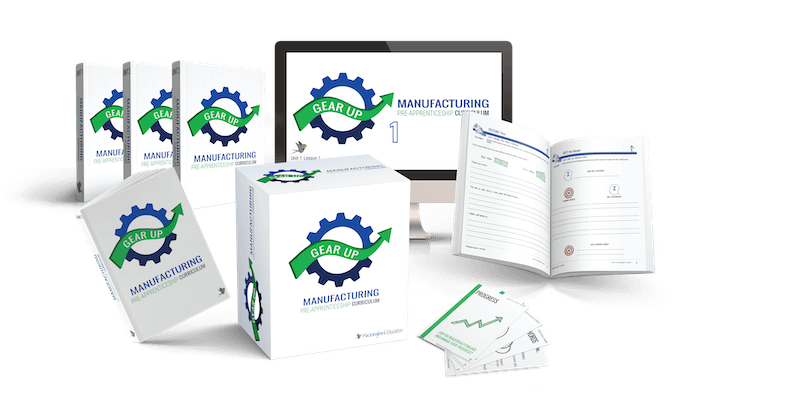Unit 3
Overview
Unit 3 contains Lesson 1 and Lesson 2.
When it comes to manufacturing jobs power plant operators, distributors, and dispatchers have one thing in common. They are all concerned with analyzing and evaluating how the plant is performing. Whether it is the production or distribution of energy they each have to see the patterns of day-to-day operations and decide whether everything is moving as efficiently as possible. Gathering this data and communicating results is the only way to achieve top performance in these jobs. Therefore, this unit focuses on identifying, translating, and communicating data using algebraic expressions.

